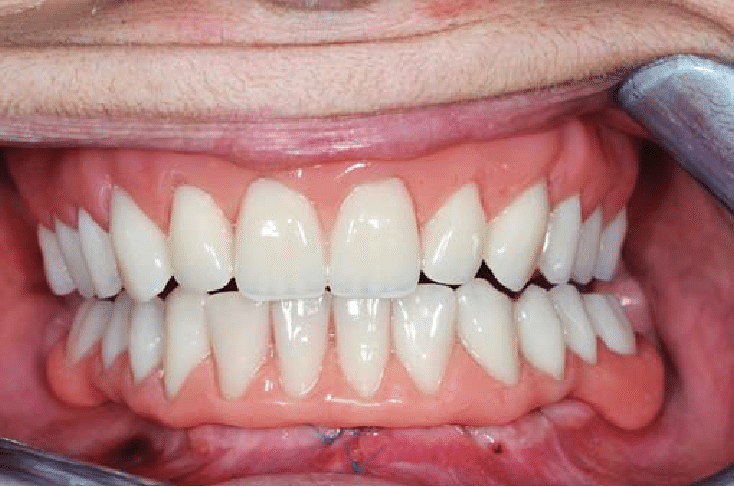
Bridge vs. Implant: Which Option is Right for You?
Bridge vs. Implant: Which Option is Right for You?

A Complete Guide to Choosing the Best Tooth Replacement Solution
Introduction
If you’ve lost a tooth, you may be wondering: Should I get a dental bridge or a dental implant? Both options can restore your smile, but they have key differences that can impact your oral health, longevity, and budget.
A dental bridge is a traditional tooth replacement method that relies on adjacent teeth for support, while a dental implant is a standalone solution that integrates with your jawbone for stability and long-term function.
In this article, we’ll explore:




By the end, you’ll be able to make an informed decision about your dental restoration based on your oral health, lifestyle, and goals.
1. What is a Dental Bridge?
A dental bridge is a fixed dental restoration that replaces one or more missing teeth by attaching an artificial tooth (pontic) to the natural teeth on either side of the gap.
How Does a Dental Bridge Work?
- The two healthy teeth on either side of the missing tooth are prepared by shaving down their enamel.
- A custom-made bridge consisting of a false tooth and two dental crowns is cemented onto these adjacent teeth.
- The bridge rests on top of the gums and fills the gap left by the missing tooth.
Types of Dental Bridges



Who is a Good Candidate for a Dental Bridge?



2. What is a Dental Implant?
A dental implant is a permanent tooth replacement that consists of a titanium post surgically placed into the jawbone to act as an artificial tooth root.
How Does a Dental Implant Work?
- A titanium implant post is surgically placed into the jawbone.
- Over a few months, the implant fuses with the bone through a process called osseointegration.
- A custom-made crown is attached to the implant, creating a natural-looking, fully functional replacement tooth.
Who is a Good Candidate for a Dental Implant?



3. Comparing a Dental Bridge vs. a Dental Implant
Durability and Longevity
- Dental Bridge: Typically lasts 10-15 years before needing replacement due to wear or decay in supporting teeth.
- Dental Implant: Can last a lifetime with proper care, as it integrates into the jawbone like a natural tooth.
Impact on Jawbone Health
- Dental Bridge: Does not prevent bone loss, as it only replaces the tooth above the gumline.
- Dental Implant: Stimulates the jawbone and prevents bone deterioration.
Effect on Adjacent Teeth
- Dental Bridge: Requires grinding down healthy teeth, which may weaken them over time.
- Dental Implant: Does not affect surrounding teeth, as it is a standalone replacement.
Aesthetic and Functional Benefits
- Dental Bridge: Provides a natural look but may show gum recession over time.
- Dental Implant: Looks, feels, and functions just like a natural tooth.
Cost Considerations
- Dental Bridge: Lower initial cost but requires more replacements over time.
- Dental Implant: Higher upfront cost but lasts longer, making it more cost-effective long term.
4. Pros and Cons of Dental Bridges vs. Implants
 Advantages of a Dental Bridge
Advantages of a Dental Bridge



 Disadvantages of a Dental Bridge
Disadvantages of a Dental Bridge



 Advantages of a Dental Implant
Advantages of a Dental Implant



 Disadvantages of a Dental Implant
Disadvantages of a Dental Implant



5. How to Choose the Right Option for You
When a Dental Bridge is the Better Choice:



When a Dental Implant is the Better Choice:



Why Choose Laguna Hill Prosthodontics for Your Dental Care?
At Laguna Hill Prosthodontics, we specialize in both dental implants and dental bridges, helping patients make the best decision based on their needs, health, and budget.

Recent Post

Request A Consultation Today

